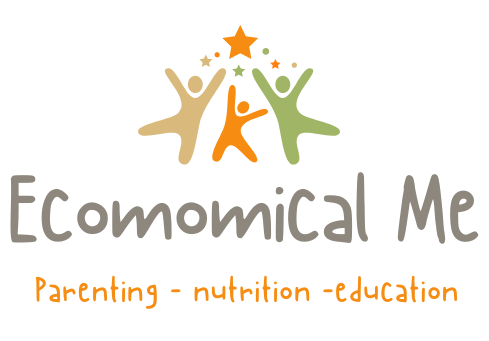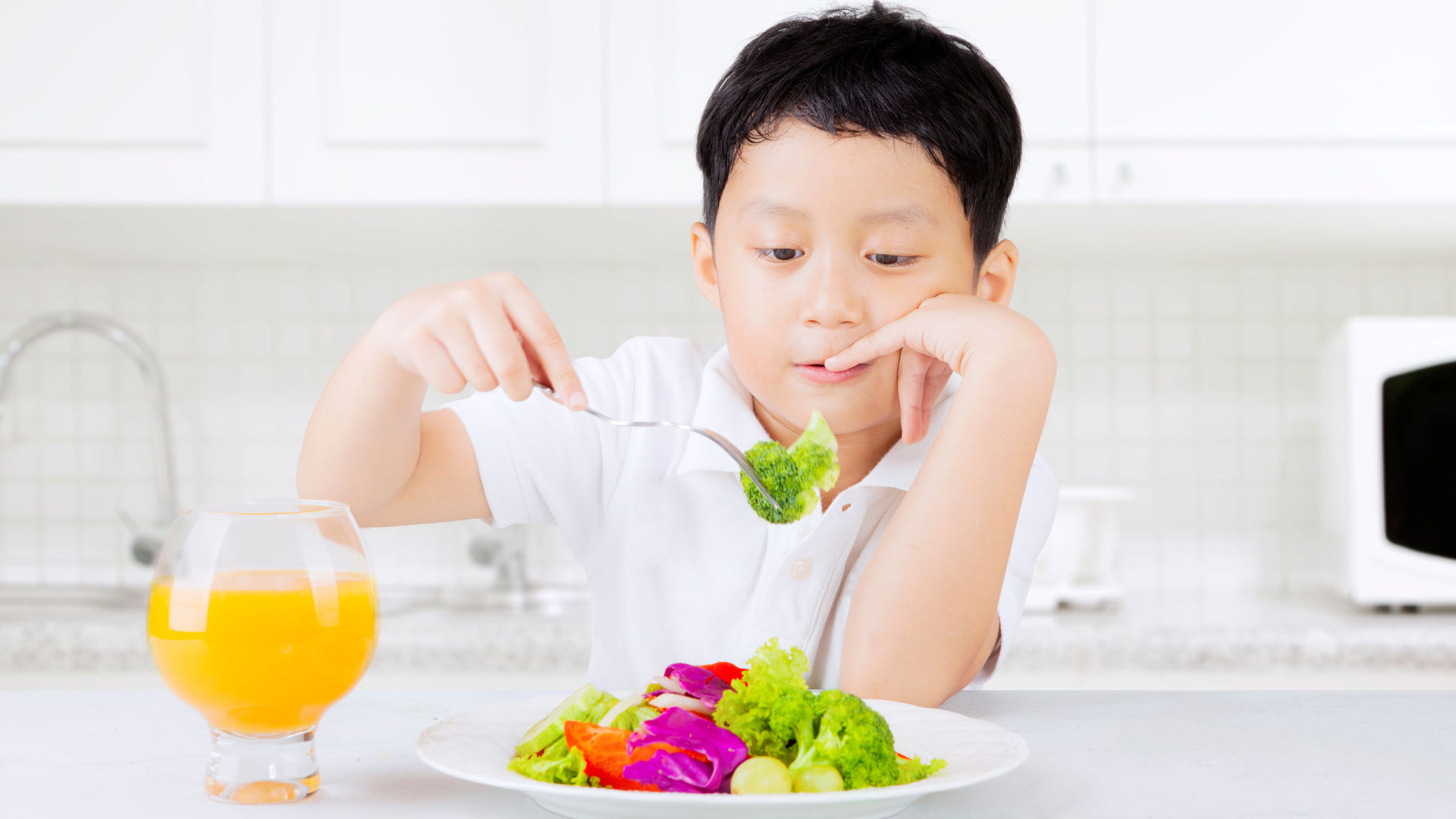It’s important to start modeling good eating habits for your children at a young age. You’ll have more success getting them to eat healthy foods like fruits, vegetables, whole grains, and lean protein if they see you enjoying those same things. In this article, we’ll walk you through some of the best ways to present these healthy foods in a way that entices even the pickiest of kids!
Tips For Creating A Meal Plan
- Start with the basics. Every meal should include protein, a carbohydrate, and healthy fat. This will help to keep your child full and satisfied.
- Make it colorful. Kids are more likely to eat foods that are visually appealing. Incorporate as many different colors into your meals as possible.
- Get creative with the presentation. Serve food in fun shapes or use cookie cutters to create interesting designs.
- Offer a variety of choices. Giving your child several options to choose from will increase the likelihood that they’ll find something they like and want to eat.
- Keep it simple. Don’t try to make something too complicated or gourmet. Stick to basic, healthy ingredients that your kids will enjoy eating.
Ideas For Ingredients To Include In Meals
- Protein: Chicken, turkey, fish, tofu, beans, and legumes are all great sources of protein that can be easily added to meals.
- Vegetables: Incorporate a variety of vegetables into meals for added nutrients and fiber. Try roasted or sautéd veggies as a side dish, or add them to main dishes like stir-fries and pasta dishes.
- Fruits: Add fresh or frozen fruits to meals for sweetness and extra vitamins and minerals. Choose fruits that are in season for the best flavor and value.
- Whole Grains: Include whole grains like quinoa, brown rice, or whole wheat bread in meals for added fiber and nutrients. Look for products that are labeled “100% whole grain” to be sure you’re getting the healthiest option.
- Healthy fats: Olive oil, avocado, nuts, and seeds are all great sources of healthy fats that can help make meals more satisfying. Use them in moderation to avoid overloading calories.
Why Children Need Healthy Foods
Regarding healthy eating, children need nutritious foods that will help them grow and develop properly. While there are many processed and unhealthy food options available, these are not the best choices for children. Instead, parents should focus on providing their children with healthy meals that are packed with nutrients.
Healthy foods help children grow and develop properly. They provide the necessary nutrients that children need in order to grow and thrive. Unhealthy foods, on the other hand, can lead to weight gain, obesity, and other health problems. In addition to helping children grow and develop properly, healthy foods also improve cognitive function. Studies have shown that children who eat a diet rich in fruits, vegetables, and whole grains perform better on tests than those who consume a diet high in processed foods.
Finally, healthy foods can also boost mood and energy levels. Children who eat a nutritious diet are typically more alert and have more energy than those who consume a diet of unhealthy foods. This is especially important for kids who are active in sports or other extracurricular activities.
Healthy Snacks To Have On Hand
When it comes to snacks, it’s important to have healthy options on hand that your kids will actually enjoy eating. Here are some great ideas for healthy snacks that your kids will love:
- Fresh fruits and vegetables: Cut up some of your child’s favorite fruits and vegetables and put them in a container or baggie for an easy and healthy snack.
- Whole grain crackers or bread: Pair whole grain crackers or bread with cheese, peanut butter, or another healthy spread for a filling snack.
- Yogurt: yogurt is a great source of calcium and protein, and there are many kid-friendly flavors available. Serve yogurt with fresh fruit or granola for a balanced snack.
- Trail mix: make your own trail mix with a mix of nuts, dried fruit, and whole grain cereals for a tasty and nutritious snack.
- Popcorn: air-popped popcorn is a low-calorie snack that’s perfect for munching on. Add some flavor to plain popcorn with a sprinkle of salt, pepper, or other spices.
Ideas On How To Spice Things Up
- Add some spice to your child’s meals by incorporating new and different flavors. Try using herbs and spices to give their food a boost of flavor.
- Get creative with their food presentation. Make mealtime fun by serving their food in a fun and unique way.
- Encourage your child to be involved in the cooking process. Let them help you prepare meals, and they’ll be more likely to eat what they help make.
- Take advantage of seasonal fruits and vegetables to add color and variety to your child’s meals. Seasonal produce is typically more flavorful and nutritious than other options.
- Make a game out of trying new foods. Use a rewards system or allow your child to pick out a new food to try each week from the grocery store.
It can be a challenge to get kids to eat healthy meals, but it’s definitely worth the effort. With a little creativity and some patience, you can make healthy meals for kids that they’ll actually enjoy eating. And who knows – you might even find that your kids start asking for more healthy meals once they’ve tasted how good they can be! Thanks for reading, and we hope you found this article helpful.

